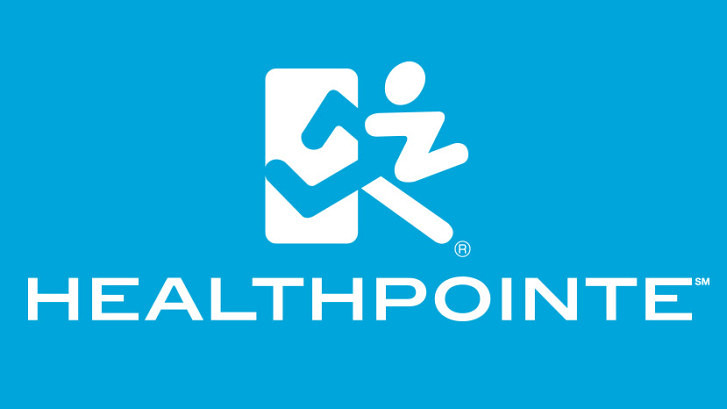Shin Splints in Dancers
Shin splints are more common among female professional dancers than previously thought, mainly because of their mental ability to overlook the pain in favour of performance. But these injuries should neither be dismissed nor overlooked because of the adverse effects on your overall health and performance.
Shin splints are considered as overuse injuries involving the lower leg, particularly its frontal area in the shin region. These are typically associated with the repetitive and forceful activities involved in dance, such as running and jumping.
These are characterized by pain in the shin, which can be moderate to severe depending on the severity of the injury and which is caused by the irritation of the lining (periosteum), muscles or tendons in the area. The pain often becomes worse with activity and gets better with rest.
The risks for shin splints, which are most commonly located on the tibia, can increase with either intensive dance rehearsals or with dancing on your toes (i.e., pointe or demi-pointe). These factors are known to increase the stress and pressure exerted on the feet and tibia that, in turn, increases muscle fatigue.
When the muscles become fatigued, these transfer stress to the soft tissues and the bones and the foundation for shin splints is then established. With repeated stress on the bones coupled with low bone mineral density, the bones then become more prone to shin splints, not to mention stress reactions and stress fractures. Add in dancing on hard floors, such as concrete, and the risks increase.
Fortunately, shin splints can be treated with a wide range of techniques. Just make sure that your doctor has made the appropriate diagnosis and your injuries are those of shin splints. You should have appropriate medical guidance from start to finish to allow you to go back to dancing sans your shin injuries.
Your doctor will recommend several or all of these treatment techniques:
- Resting the injured area;
- Applying ice packs for a sufficient time and in intervals to control the inflammation;
- Undergoing physical therapy at home and with a physical therapist;
- Correcting underlying postural distortions, if any, such as weak abdominal muscles, supination of the foot, and knee hyperextension
Your willingness to follow your doctor’s recommendations will partly determine your recovery period.
Come to one of our Heathpointe clinics in California for possible shin splints among dancers. We have a clinic at Ontario, which is conveniently located near Upland, Rancho Cucamonga, Montclair, and Chino.
About Healthpointe
Healthpointe is a leading multidisciplinary healthcare organization offering a full range of medical services in practice locations throughout Southern California (Los Angeles county, Orange county, San Bernardino county and Riverside county). Healthpointe has locations situated in over 10 cities in Southern California including Temecula, which is conveniently located near Murrieta, Fallbrook, Wildomar, Canyon Lake, and Sun City. As a highly regarded musculoskeletal group, we have a personal investment in the highest level of service, and we are proud of our record of excellence over the last four decades with private patients, injured workers, urgent care, personal injuries, and professional and non-professional athletes. Leading our organization is a dynamic team of healthcare professionals who continually strive to be at the forefront of medical innovation and healthcare service delivery. For more information, a complete list of services, and Healthpointe locations, visit https://healthpointe.net.

